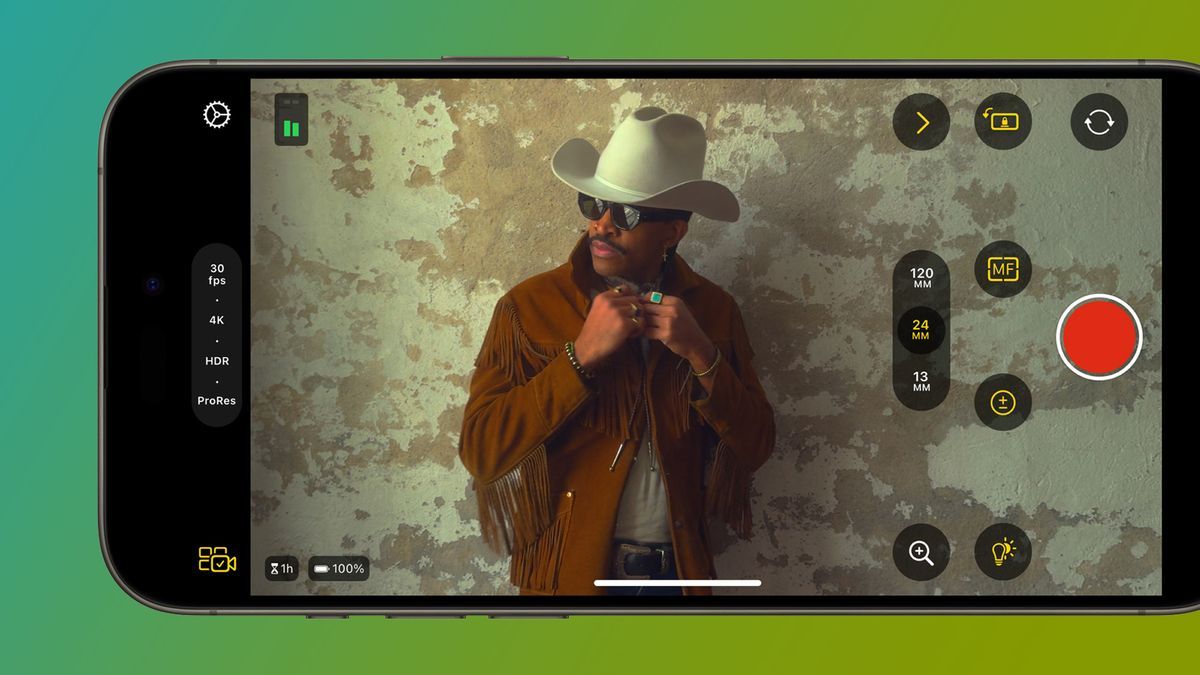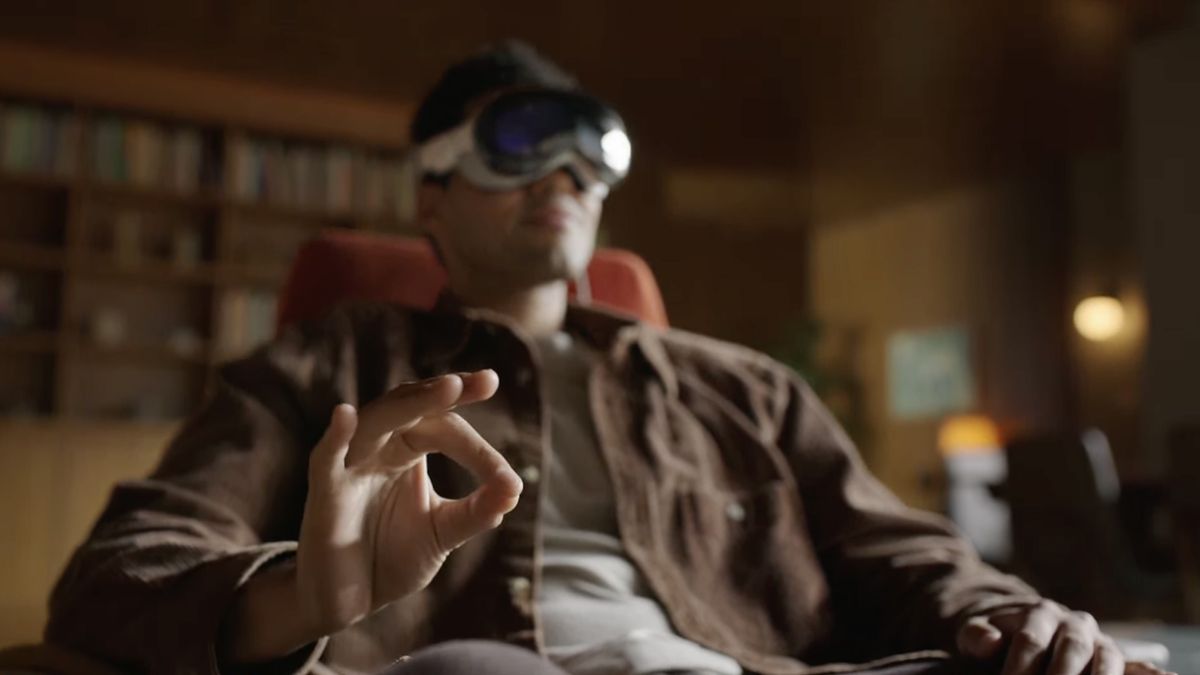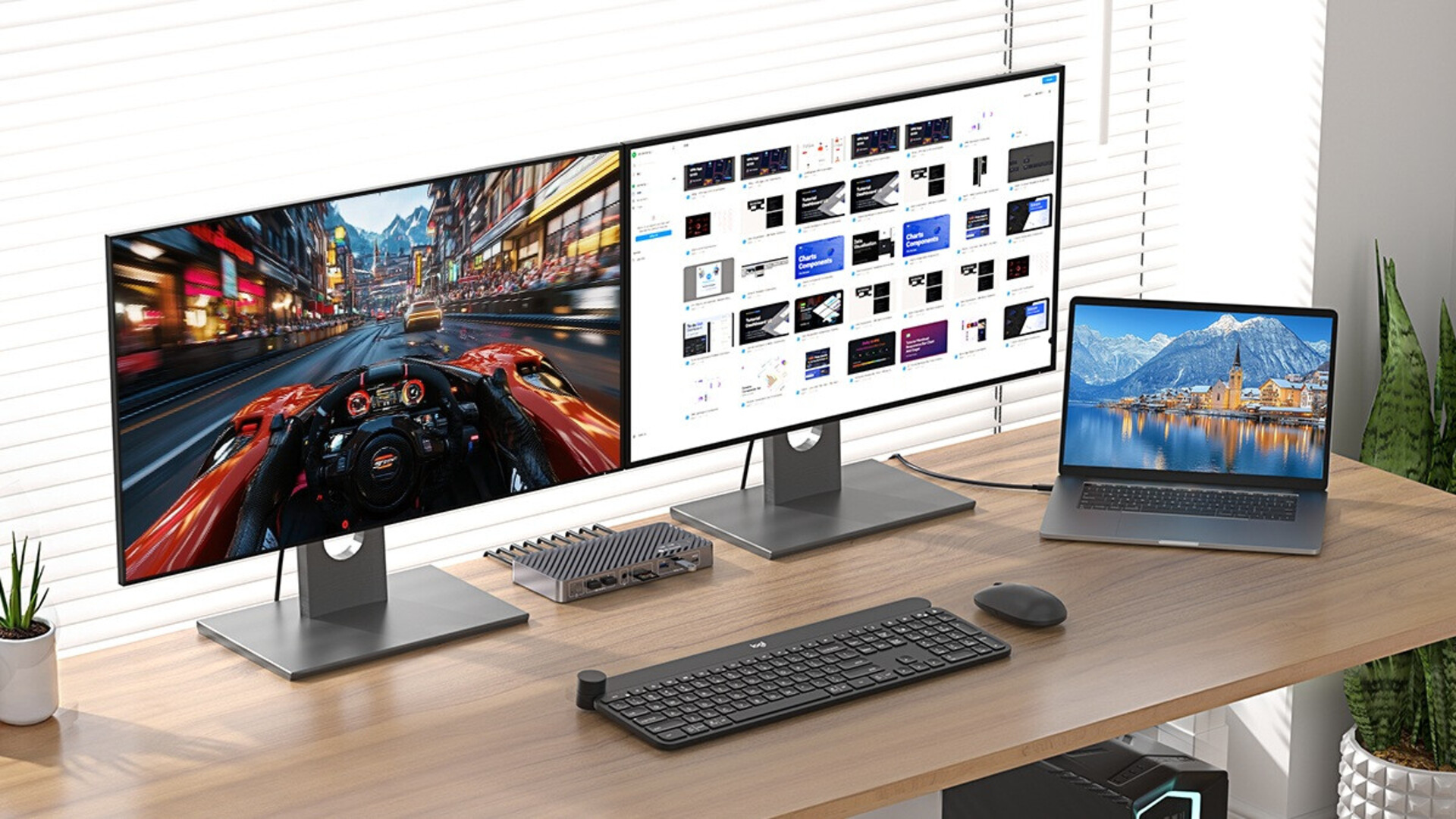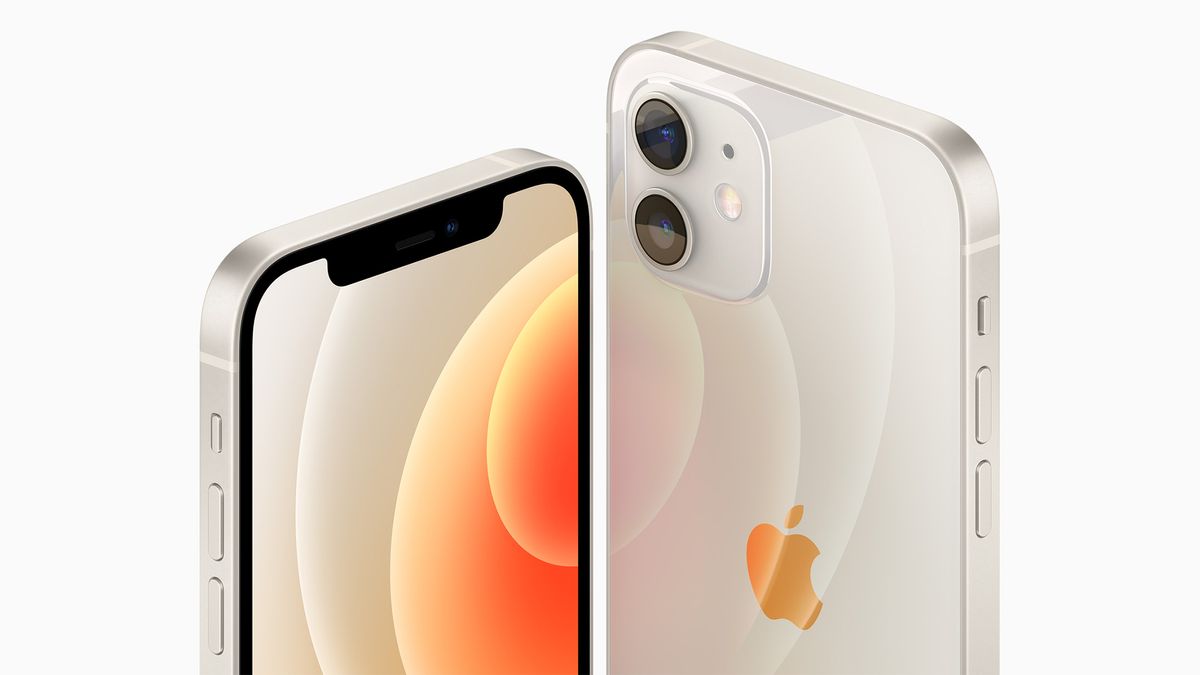Buried in this week's flurry of Apple announcements for the iPad Pro (2024), M4 chip, and Apple Pencil Pro was some exciting news for video creators: an updated 'Final Cut Pro for iPad 2' app and a even more intriguing app, for both of us. Apple tablets and the iPhone, called Final Cut Camera.
What's particularly interesting about Final Cut Camera is that it's designed to work as a standalone video recording app and also in conjunction with that new, clumsily named Final Cut Pro editing app. Working with the latter, it introduces multi-camera capabilities when recording videos on iPads and iPhones.
Multi-camera functionality has been around for some time, with Blackmagic and LumaFusion paving the way for a new mobile way of filming and editing video. This has represented a significant change for the industry and it's great to see Apple step in with its own solution.
After using LumaFusion, I'm looking forward to seeing how Apple's offering compares – the app will be out “later this spring” (in other words, sometime before the end of June) and will cost $4.99/£ 4.99 / AU$7.99 per month. But it's Apple's free Final Cut Camera app that's arguably most interesting, especially since it's separate from the standard iPhone camera app.
Final Cut Camera offers professional video controls for iPhones and iPads, allowing video producers to take control of adjustment settings and also combine up to four different video streams from those devices, cutting live between them.
Until now, Apple has left this sort of thing to third-party app makers, but if it can do it with video, there's no reason it shouldn't do the same with photography.
What does the Final Cut camera do?
Through this free, standalone app, which will also be available “later this spring” (sometime in mid-June), it will be possible to adjust a host of professional video settings and also sync your live video stream with an iPad running the Final Cut Pro 2 app.
Those settings include ISO, shutter speed, white balance, focus, and more, to help you get professional-grade recordings. The interface even allows videographers to monitor incoming footage with a zebra stripe pattern tool and audio meter. Doing all this with up to four cameras would be a pain with an iPhone, not to mention impossible without at least an M1 chip, meaning a relatively recent iPad is essential for the multi-camera workflow.
Multi-camera functionality, which comes when you use Final Cut Camera in conjunction with Final Cut Pro 2, instantly turns a group of Apple devices into a mini production studio. This makes it possible for any iPhone user to have maximum control of their video capture and for the most complex settings to be controlled from a single device.
Everything is, of course, wireless, making shore installation a breeze. Seamless video and audio synchronization also dramatically speeds up editing workflows and allows videographers to complete projects in a fraction of the time.
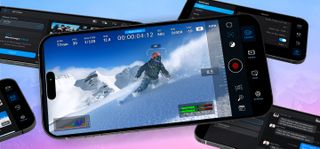
What has been possible with the Blackmagic Camera app for a while is now possible with Final Cut Pro and Apple technology.
Looking at the two apps side by side, it becomes clear how similar they are in terms of functionality. Both offer manual control over the lens, but Blackmagic provides a much higher level of audio data as well as an RGB histogram.
The Final Cut Camera app follows all of Apple's design rules, which looks great, but I can't help but feel like it would have been helpful to provide a little more data to users. Perhaps you're filling a gap between the standard camera app and a truly professional option like the Blackmagic Camera app.
Will Apple create a professional photography app?
It's a shame that Apple's new Final Cut Camera app doesn't include photography controls or features. But I hope this means we'll see a photo equivalent of the app too, perhaps even around WWDC 2024.
The default Apple Camera app has been poor, at least for keen photographers, for a long time and many have turned to companies like Halide to gain more professional control over their photos. But a free alternative would be a good add-on to the Final Cut Camera app.
Not everyone would need it: For most iPhone users, the point-and-shoot experience of the standard camera app is fine. But having full access to ISO and shutter speed settings, plus visualization tools like a histogram or zebra stripes, are very useful if you're looking to shoot raw and maximize image quality.
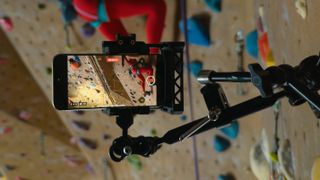
If Apple decides to do something along those lines, it would be another app along with Final Cut Camera. Final Cut has always been about video, and Apple has been loathe to overwhelm its camera app with new controls, even within a submenu.
For now, the launch of multi-camera functionality and a dedicated video camera app is a big step forward. It puts Apple on par with LumaFusion and BlackMagic and creates a very interesting and competitive video space on iPhones and iPads. At least in this area, the best Android phones are catching up.

